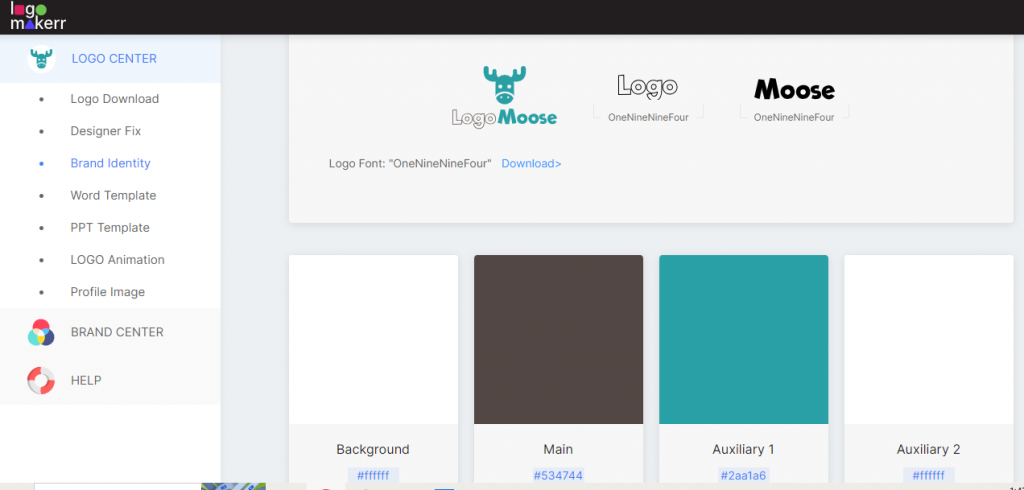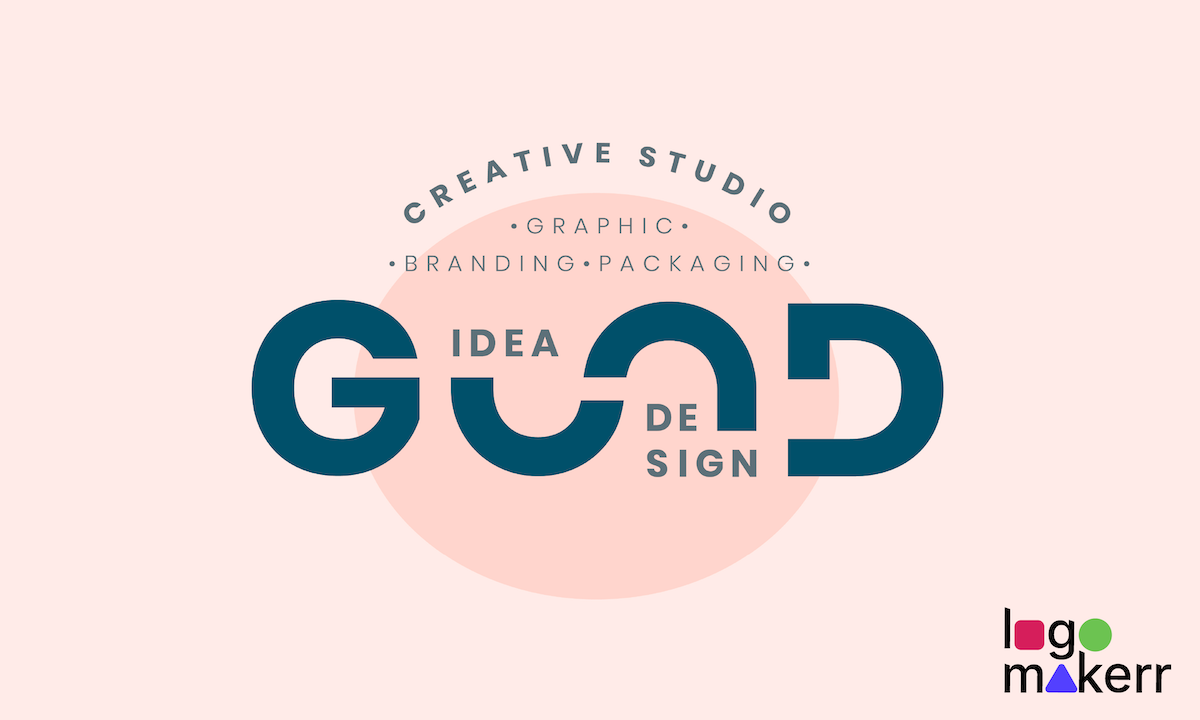Picture this: you see a sleek, stylized apple with a bite taken out. What springs to mind? Tech giant Apple. How about a golden “M” formed into arches? McDonald’s! Those instantly recognizable symbols aren’t just fancy designs; they are powerful tools. But are they the same as the full-fledged brands we know? Not quite. Let’s unravel the difference between a logo and a brand just in case you are planning on creating your very own logo!
What is Branding?
Think of your brand as your business’s personality. It’s how you want the world to feel about you. Take Nike, for instance. Their “Just Do It” slogan isn’t just catchy text; it’s a battle cry for athleticism, perseverance, and pushing limits. That’s their brand shining through.

In general, branding is a significant umbrella term within marketing. It includes:
- Mission: Why do you exist? What do you solve for your customers?
- Values: What’s important to you? Sustainability? Community?
- Tone of Voice: Are you friendly and playful, or serious and authoritative?
- Visual Identity: This includes not only your logo but also colors, fonts, etc.
Strategic branding is what makes you stand out and helps you connect with your perfect customer.
What are Logos?

The Apple logo that we talked about earlier is a visual symbol. It acts as a shortcut, instantly reminding people of the company. The same goes for the Baltimore Ravens (NFL) – their purple bird logo with the gold letter B connects with the team’s fans.
In general, a great logo:
- Is Memorable: Think simple, unique, and relevant to your brand.
- Reflects Your Company: A playful font might not suit a bank, but it could be perfect for a kids’ clothing line.
- Triggers the Right Emotions: Colors and shapes – they all send subliminal messages.
Logo Design vs. Branding

Logo design is part of your branding, but it’s not the whole picture. Your logo is like a super-important profile picture for your business: recognizable and impactful. But authentic branding goes way deeper. It’s about the complete experience people have with you, from the first ad they see to how your customer service team handles a complaint.
Understanding the distinction between logos and branding is crucial for businesses looking to build a strong brand identity. Here’s why:
- Consistency: When you have a clear understanding of your branding beyond just the logo, you can ensure consistency across every touchpoint including your website, social media, marketing campaigns, and even customer interactions. Tip: using a business name generator can help you build a brand starting from the ground up.
- Emotional Connection: Effective branding goes beyond aesthetics – it resonates with your audience on an emotional level. A compelling brand story and personality help you forge a deeper emotional bond with customers.
- Differentiation: In a crowded marketplace, strong branding sets you apart from competitors. It helps you carve out a unique identity and position your brand in the minds of consumers.
- Longevity: While logos may evolve, a strong brand identity built on solid branding principles has staying power. It withstands trends and changes in the market, fostering loyalty and trust among customers.
What do Logos and Branding Have in Common?

Both logos and branding strive to:
- Make you recognizable
- Build trust – A strong brand and a well-designed logo add credibility.
- Influence perception – They tell the world who you are at a glance.
Branding or Logo: Which One Goes First?
When establishing a solid brand identity, the question often arises: should you focus on defining branding or designing your logo first?
Start With Branding
We spoke with Liam from Hexeum, a company that helps content creators with their branding by providing overlays for Twitch streamers. They also recommend that customers focus on their branding before choosing a logo. By deciding on your branding first, you can make more informed decisions about the logo you create.
Craft a Compelling Brand Story
Before delving into logo design, take the time to craft a compelling brand story. This involves defining your brand’s mission, identifying your target audience, and articulating the unique value proposition that sets you apart from competitors. By clarifying these elements, you not only create a strong foundation for your brand but also get valuable insights that can be implemented when you design your logo.
Create a Logo that Depicts Your Brand Identity
Once you have a solid understanding of your brand’s personality and positioning, you can begin the process of logo design. Your logo should serve as a visual representation of your brand, capturing its essence and communicating its values to your audience. Whether it’s through the use of color, typography, or symbolism, every aspect of your logo needs to be thoughtfully chosen to resonate with your target demographic and evoke the desired emotional response.
最終的な感想
While logos and branding are closely intertwined, they represent distinct facets of a company’s identity and marketing strategy. Logos serve as visual shortcuts, instantly recognizable symbols that represent the essence of a brand.
On the other hand, branding encompasses a broader spectrum, including mission, values, tone of voice, and visual identity, all working together to shape the overall perception and emotional connection with the audience.
Differentiating between logos and branding is crucial for businesses seeking to build an impactful brand identity.



